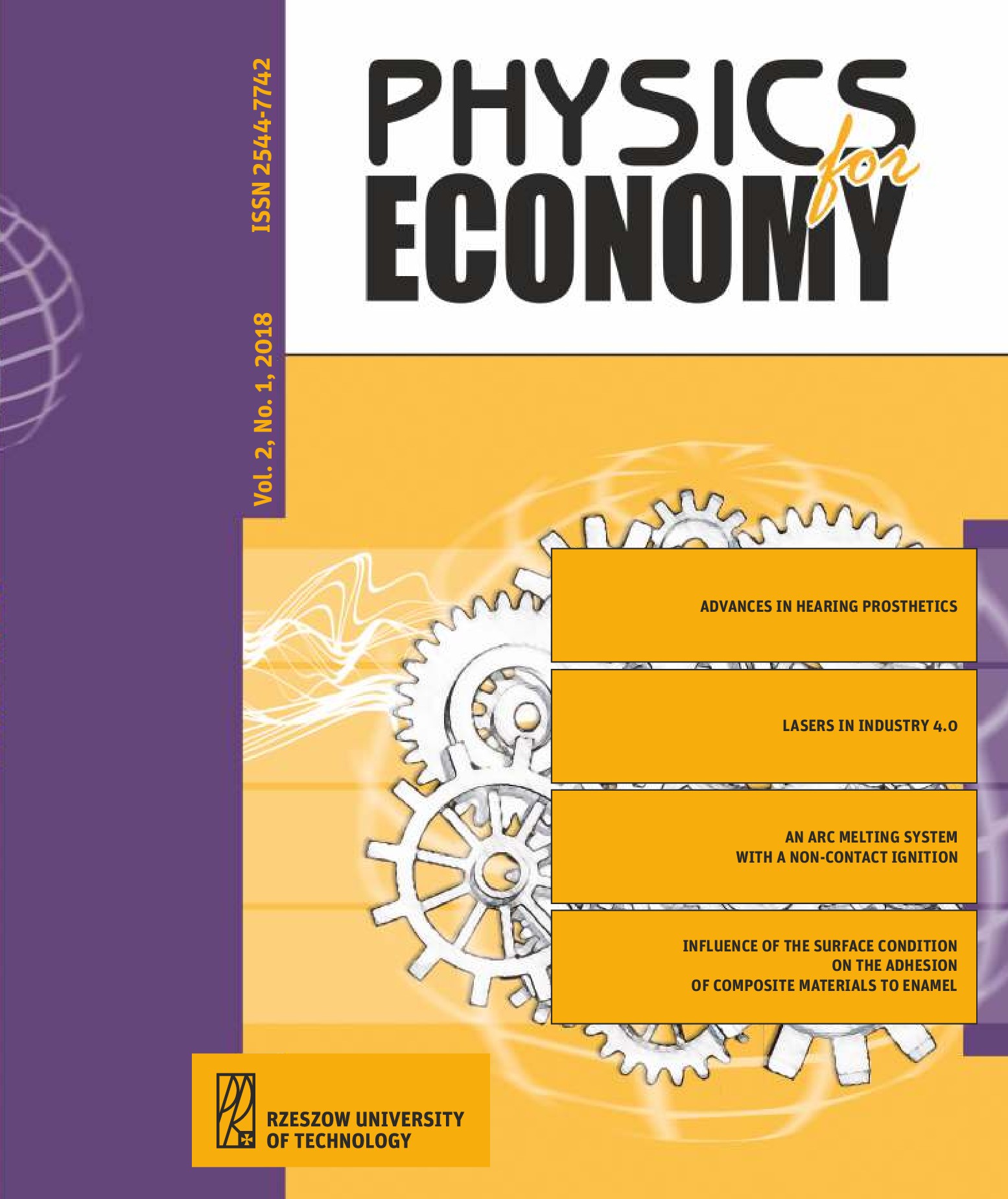Abstract
Some physical aspects of Chinese cuisine are discussed. We start from the cultural and historical particularities of Chinese cuisine and their food production technologies. What is the difference between raw and boiled meat? What is the difference in the physical processes of heat transfer during either the steaming of dumplings or during cooking them in boiling water? Why is it possible to cook meat stripes in a "hot pot" in ten seconds, whilst baking a turkey requires several hours? This article is devoted to a discussion of these questions.
References
Bergman T.L., Lavine A.S., Incropera F.P., DeWitt D.P., Introduction to Heat Transfer, 6th Edition, Wiley, 2011.
Feynman R.P., Leighton R.B., Sands M., The Feynman Lectures on Physics, Vol. I: Mainly Mechanics, Radiation, and Heat, The New Millennium Edition, Basic Books, 2011.
Reif F., Fundamentals of Statistical and Thermal Physics, Waveland Pr Inc, 2008.
Unsworth J., Duarte F.J., Heat diffusion in a solid sphere and Fourier Theory, Am. J. Phys., 1979, Vol. 47, No. 11, pp. 891-893.


